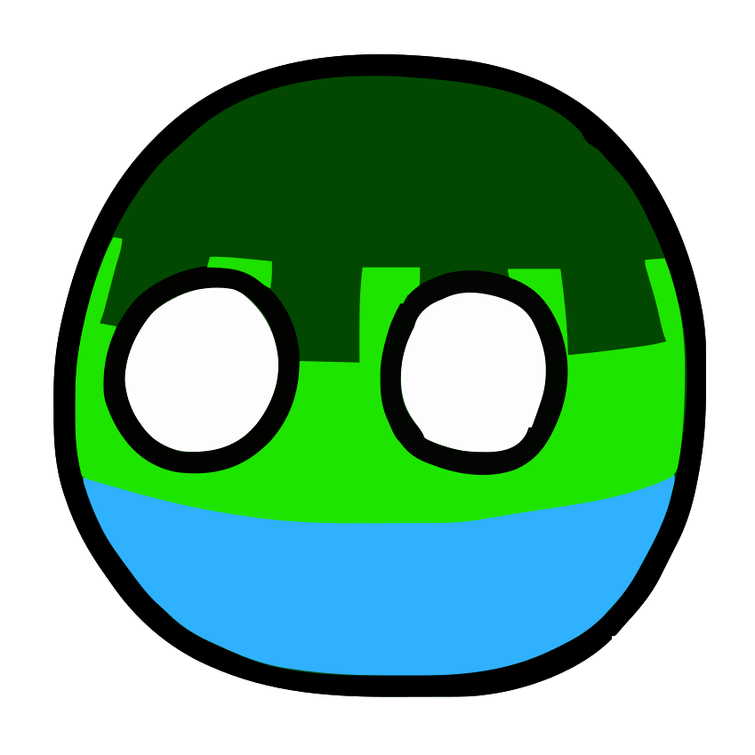Transnistria: Difference between revisions
No edit summary |
No edit summary |
||
| Line 20: | Line 20: | ||
|Succeeded = | |Succeeded = | ||
}}'''Transnistria''', also known as '''Transdniestria''' and '''Pridnestrovie''', officially the '''Pridnestrovian Moldavian Republic''', is a country that de facto seceded from [[File:Moldova-icon.png]] [[Moldova]]. He uses the flag of [[File:Transnistria-icon.png]] [[Moldavian Soviet Socialist Republic|Moldavian SSR]] and is the last surviving remnant of [[File:USSR-icon2.png]] [[Union of Soviet Socialist Republics|Soviet Union]]. Despite his flag, Transnistria is not [[File:Communism-icon.png]] [[Communism|communist]]. The symbols are only icons and are for decoration. | }}'''Transnistria''', also known as '''Transdniestria''' and '''Pridnestrovie''', officially the '''Pridnestrovian Moldavian Republic''', is a country that de facto seceded from [[File:Moldova-icon.png]] [[Moldova]]. He uses the flag of [[File:Transnistria-icon.png]] [[Moldavian Soviet Socialist Republic|Moldavian SSR]] and is the last surviving remnant of [[File:USSR-icon2.png]] [[Union of Soviet Socialist Republics|Soviet Union]]. Despite his flag, Transnistria is not [[File:Communism-icon.png]] [[Communism|communist]]. The symbols are only icons and are for decoration. | ||
== History == | |||
In 1991, Transnistria declared independence from [[File:Moldova-icon.png]] [[Moldova]] on September 5, fearing her potential unification with [[File:Romania-icon.png]] [[Romania]]. This declaration led to tensions and eventually a war between [[File:Moldova-icon.png]] [[Moldova|Moldovan]] forces and Transnistrian separatists, who received support from [[File:Russia-icon.png]] [[Russia|Russian]] troops. The conflict, which lasted from March to July 1992, ended with a ceasefire but did not resolve the status of Transnistria. | |||
Since the ceasefire in 1992, Transnistria has functioned as a de facto independent state, maintaining his own government, military, and currency. However, he remains unrecognized by any [[File:UN-icon.png]] [[United Nations]] member state, including [[File:Russia-icon2.png]] [[Russia]]. In 2006, a referendum in Transnistria showed strong support for independence and potential future integration with [[File:Russia-icon.png]] [[Russia]], although this referendum was not recognized internationally. | |||
In 2009, Transnistria introduced a new constitution to strengthen his governance structure. The situation gained renewed attention in 2014 when Transnistria called for international recognition and unification with [[File:Russia-icon2.png]] [[Russia]] following [[File:Russia-icon2.png]] [[Russia]]'s annexation of [[File:Crimea-icon.png]] [[Crimea]]. In 2016, Vadim Krasnoselsky was elected president, focusing on closer ties with [[File:Russia-icon.png]] [[Russia]]. | |||
[[Category:Characters]] | [[Category:Characters]] | ||
[[Category:Unrecognized Countries]] | [[Category:Unrecognized Countries]] | ||
Revision as of 16:10, 1 June 2024
Transnistria, also known as Transdniestria and Pridnestrovie, officially the Pridnestrovian Moldavian Republic, is a country that de facto seceded from ![]() Moldova. He uses the flag of
Moldova. He uses the flag of ![]() Moldavian SSR and is the last surviving remnant of
Moldavian SSR and is the last surviving remnant of ![]() Soviet Union. Despite his flag, Transnistria is not
Soviet Union. Despite his flag, Transnistria is not ![]() communist. The symbols are only icons and are for decoration.
communist. The symbols are only icons and are for decoration.
History
In 1991, Transnistria declared independence from ![]() Moldova on September 5, fearing her potential unification with
Moldova on September 5, fearing her potential unification with ![]() Romania. This declaration led to tensions and eventually a war between
Romania. This declaration led to tensions and eventually a war between ![]() Moldovan forces and Transnistrian separatists, who received support from
Moldovan forces and Transnistrian separatists, who received support from ![]() Russian troops. The conflict, which lasted from March to July 1992, ended with a ceasefire but did not resolve the status of Transnistria.
Russian troops. The conflict, which lasted from March to July 1992, ended with a ceasefire but did not resolve the status of Transnistria.
Since the ceasefire in 1992, Transnistria has functioned as a de facto independent state, maintaining his own government, military, and currency. However, he remains unrecognized by any ![]() United Nations member state, including
United Nations member state, including ![]() Russia. In 2006, a referendum in Transnistria showed strong support for independence and potential future integration with
Russia. In 2006, a referendum in Transnistria showed strong support for independence and potential future integration with ![]() Russia, although this referendum was not recognized internationally.
Russia, although this referendum was not recognized internationally.
In 2009, Transnistria introduced a new constitution to strengthen his governance structure. The situation gained renewed attention in 2014 when Transnistria called for international recognition and unification with ![]() Russia following
Russia following ![]() Russia's annexation of
Russia's annexation of ![]() Crimea. In 2016, Vadim Krasnoselsky was elected president, focusing on closer ties with
Crimea. In 2016, Vadim Krasnoselsky was elected president, focusing on closer ties with ![]() Russia.
Russia.

